Review for Behind the Camera
Introduction
I missed one! I actually missed a review of a Third Window Films release. My favourite distributor of Asian cinema, and I let a prominent title like Pluto slip by. I rely on Third Window Films to release eclectic and varied titles from Korea, Japan, and occasionally Hong Kong, offering something new, something quirky, something unique with each new release. But in May and June this year through one of those quirks of scheduling, they did something else I’d never seen from them before; they released two, on the surface, similar films in a row. In May, Bleak Night turned up, a South Korean film telling a dark story set in high school. And in June it was Pluto, another South Korean film telling a dark story set in high school. I don’t know how much the two films actually have in common, but I needed something completely different from Bleak Night, to cleanse the mental palate. You can’t get much more different than Behind the Camera, a movie mockumentary about someone making a movie about someone making a movie... via the Internet!
This is complicated, so bear with me. This much is fact... I think... Director E J-Yong was approached by a tech company to make a short movie that would promote mobile communications. He decided to make a movie about a director who was approached to make a short movie, and did it via the Internet, directing his cast and crew via webcams, laptops, monitors and mobile phones from all the way across the world in Hawaii, while the truth was he was actually hiding out in Seoul, pretending to be in Hawaii. But then director E J-Yong decided to actually direct the film by remote in the same way... from Los Angeles.
Now that’s an interesting concept and worth more than just a short movie. So he decides to make a mockumentary about the making of the short film, this film, Behind the Camera: Why Mr E Went to Hollywood. And he tells his cast and crew of notable South Korean actors and filmmakers to improvise around the concept rather than follow a set script, and to play exaggerated versions of themselves. So he tries to direct a movie from Los Angeles about someone making a movie remotely from Hawaii, with his cast and crew halfway around the world, and with communications links maybe not as robust as the sponsor would wish them shown, coming face to face with the problems a lack of immediacy have. And all this while a documentary team is filming the whole thing for the mockumentary that this disc comprises, and somewhere along the way life begins to imitate art, reality and fiction cross over, and is Director E J-Yong actually in Los Angeles?
Confused yet? You will be...
The Disc
Behind the Camera is presented in 1.85:1 anamorphic NTSC widescreen, coded progressively. You get DD 2.0 Stereo Korean, with optional English subtitles. It’s all fly on the wall documentary stuff, so expect digital video quality images, and simple, dialogue focused audio. It does exactly what you expect with no fancy bells and whistles. The subtitles are accurately timed, but could have used a little massaging, especially early on where grammar seemed to be a little lacking, as were indefinite articles in a couple of captions. It sorted itself out the further into the movie it got.
Extras
The film is presented with the usual animated menu. In the extras you’ll find the trailer for the film, and a further 16 Third Window trailers.
You also get a 12 minute interview with Director E J-Yong, and a 28 minute Korean Film Festival 2013 Q & A. Neither of these featurettes was all that appealing to me, suffering from distracting camerawork, and once again relying on the interpreter’s answer instead of editing that out and subtitling the Korean dialogue. Worse, the interview simply just fades to black at the end, in the middle of a response.
You’ll have to work at these featurettes to glean what the director and actor have to say about the film. Oddly enough, the one thing’s that noticeable by its absence is the short film that they were making.
Conclusion
You’ll have to work at this movie too to get the most out of it. I made the mistake of watching it last night, when my attention was most liable to drift, and I was pretty much lost at sea trying to figure out just what was what in this film, just how much of it is real, how much of it is fiction. Maybe the absence of that short film in the extras is an indication that it is a wholly contrived affair, that Behind the Camera’s sole reason for existence is to mess with viewers’ brains. But the fact of the matter is that for its 85 minute runtime, I really felt as if I was fighting with the film, trying to get a handle on it, a fight that in the end, I lost. That is no way in which to enjoy a movie. If David Lynch ever made a documentary...
About halfway through, I had completely lost track, I was getting the actors in the short film mixed up with the ‘actors’ in the mockumentary, trying to figure out how much of the dissatisfaction with the director was part of the script, and how much was genuine, as the simple mechanics of directing via remote were quickly shown to useless in terms of effective and emotionally relevant communication. It’s common sense of course. If you’re trying to direct an emotional performance from an actor, you have to be in the same space to have the required empathy with them. You’re not going to get that via Skype. So how much of the frustration in the film was genuine, how much was improvised, how much of it was scripted is never clear. Just what was real and what wasn’t is something I couldn’t fathom. Of course that level of ambiguity might be exactly what was intended.
One drawback for me is that I’m not a sufficiently adept enough fan of Korean cinema to recognise when the actors in this film are sending themselves up. It’s not a new idea of course, that of actors playing exaggerated versions of themselves to comic effect, and it’s been done here in shows like Extras, and the recent sublime Episodes. But I’m not well enough acquainted with the actors in the film to know of their more popular works, their public personas, and to recognise when they are being sent up. I suspect that might be the whole draw and focus of Behind the Camera, which means that I’ve probably missed out on what actually makes the humour in the film effective.
Behind the Camera most certainly is different, and I’m always seeking out that which I’ve never seen before. But judging by just one watch, Behind the Camera is also a reminder that different doesn’t always mean good. But it has enough of an interesting concept behind it for me to want to take another crack at it. Next time though, I’ll watch it during daylight hours, suitably fortified by coffee, and paying attention to every detail so that I can keep it in some semblance of order. It certainly isn’t a film to approach lightly.
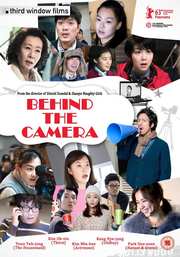






























































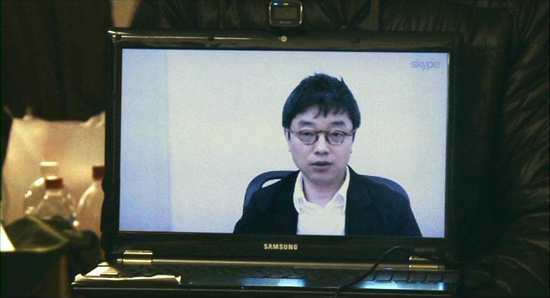
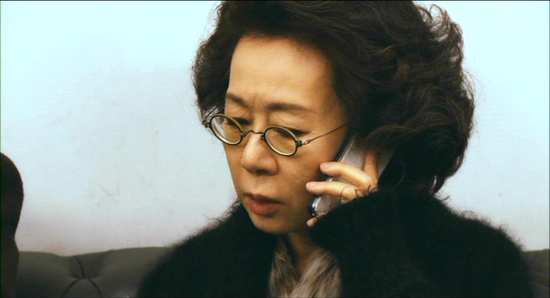

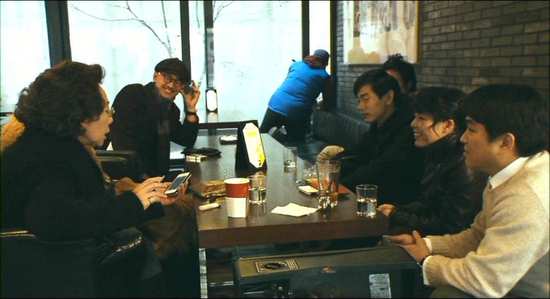
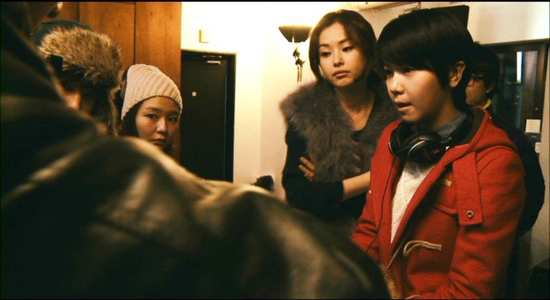

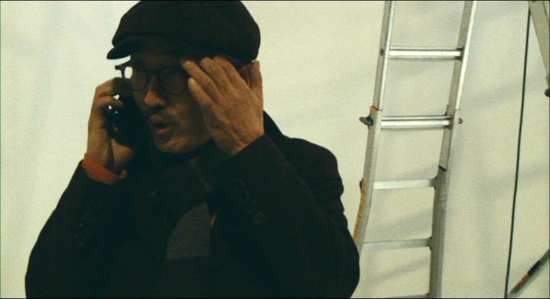
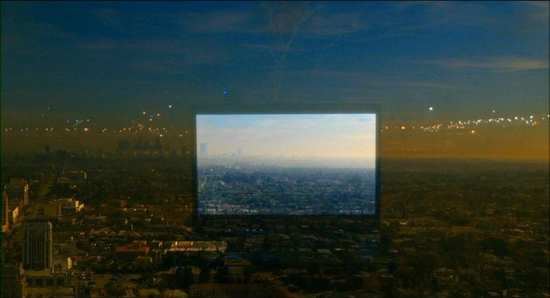
Your Opinions and Comments
Be the first to post a comment!